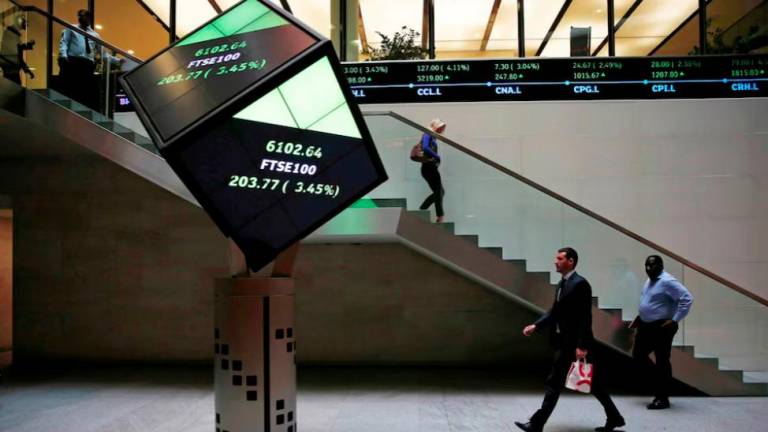PETALING JAYA: Foreign bond investors’ interest in Malaysian bonds returned in June with a net inflow of RM6.6 billion, following two consecutive months of net selling attributed to the dovish stance of central banks in major global economies amid weaker-than-expected economic data.
According to RAM Ratings, domestic bond yields also retreated across the entire maturity spectrum and rating bands in June, which is in line with the downward bias in global interest rates and the subsequent search for yields.
“The stronger demand in the secondary market is mirrored by the primary market, as underlined by the robust bid-to-cover (BTC) ratios at government bond auctions last month,” it said in a statement today.
“Both issues that were up for tendering achieved BTC ratios of above two times. Demand for the longer-tenured 20-year Government Investment Issue (GII) achieved a remarkably strong BTC ratio of 4.28 times while the five-year Malaysian Government Securities (MGS) charted 2.48 times,” it said.
The ratings agency said that yields are expected to continue facing downward pressure in July, after investors received yet another clear sign of a looming rate cut from the US Federal Reserve (the Fed) chairman’s remarks to Congress on July 10, and another speech at a Paris event to commemorate Bretton Woods the following week.
In his speech, chairman Jerome Powell had reaffirmed the Fed’s concerns about economic prospects and was ready to take appropriate measures to maintain the recovery momentum.
RAM said that these successive signals had prompted the market to start pricing in a potential 50 basis points (bps) cut, compared to the 25 bps reduction indicated by the fed funds futures market before Powell’s speech.
“There is a multitude of considerations for portfolio investors at this point – whether to pursue yields or seek safety in more conservative assets. As particular factors may dominate at different times, depending on prevailing market developments, volatile capital flows are envisaged to remain a key trend this year,” said RAM head of research Kristina Fong (pix).













